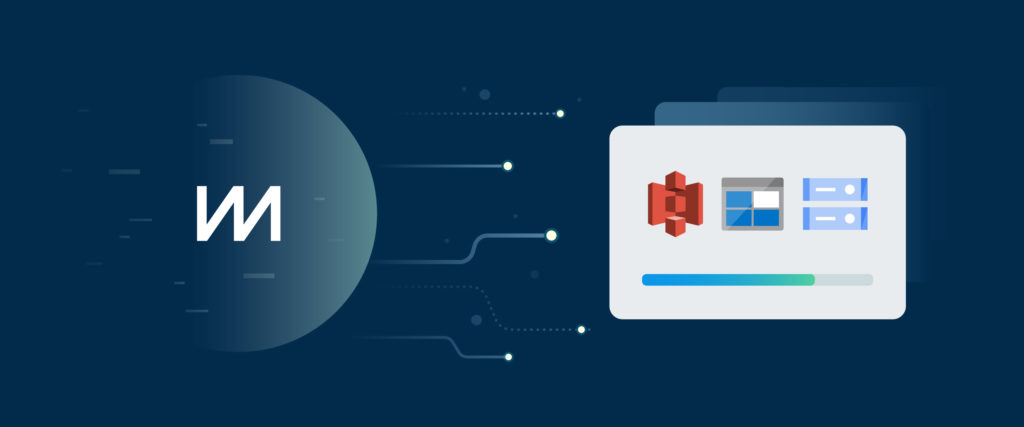Sync Your ChartMogul Data with Amazon S3, Google Cloud Storage, or Azure Blob Storage


Configure Amazon S3, Google Cloud Storage, or Azure Blob Storage as a destination in ChartMogul and export your MRR movements, customers, custom attributes, and tags for further analysis.
ChartMogul is only one part of a larger ecosystem of tools an organization with recurring revenue uses. Product analytics, customer data or user feedback from your CRM, as well as revenue analytics, play an essential role in understanding and growing your business. That’s why many organizations send ChartMogul data to a warehouse, combine it with other data sets, and analyze it in aggregate.
There are several ways to export data out of ChartMogul. You can export your MRR movements and customers as a CSV, and for a programmatic approach, using the Metrics API. However, CSV exports might prove inefficient, and using the API requires engineering resources.
For that reason, we’re launching several new direct integrations that let you synchronize your ChartMogul data directly into your Amazon Web Services, Google Cloud Platform, or Microsoft Azure account.
You can export the following data points to your data warehouse:
- MRR movements
- Customers
- Custom attributes
- Tags
Configuring a destination in ChartMogul takes only a few minutes.
Configure a destination in ChartMogul
Create an S3 bucket, Google Storage bucket or a Blob container for ChartMogul and add it as a destination.
Follow the instructions in these step-by-step guides to get started:
To add a new destination in ChartMogul navigate to Data Platform > Data Output > Destinations.
Export your data to predict churn and generate forecasts
Combining revenue, product, CRM, and other data sets uncovers powerful insights.
For example, are users that exhibited decreased usage in the product more prone to churn? Looking into your revenue and product data in aggregate will allow you to identify those users, and create a plan to prevent churn.
On the other hand, an increase in usage or user count can be indicative of MRR expansion and will allow you to generate forecasts.
What destinations should we build next?
We’re excited to release Amazon S3, Google Cloud Storage, and Azure Blob Storage as the first of many direct data output integrations to come.
What integrations are you looking to use? Another data warehouse like Snowflake? A customer communications platform like Intercom? Or a CRM like Salesforce or HubSpot?
Tell us what is most important to you! Write to our success team, mention us in a tweet or schedule a call with Katarina, the PM working on destinations.



